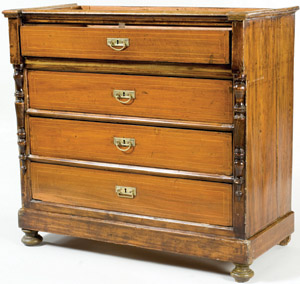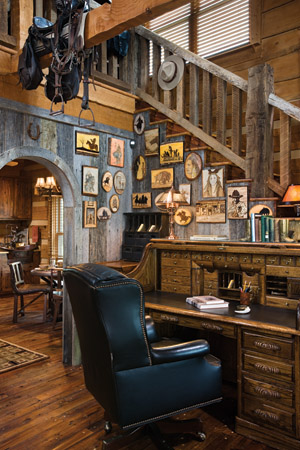LEATHER
Most of us would not think of leather as being eco-friendly. There is no certification for organic leather at this time, but there are green elements to leather. It is sustainable and can last a lifetime; it’s easy to clean, durable, recyclable, and biodegradable.
As with fabrics, you need to know where the leather comes from and how it is processed. Did the animals die of natural causes? Is the leather a by-product of the beef industry? Were the animals raised and slaughtered humanely? Was the leather recycled or reused? And you need to know how it was tanned. In many cases, over 250 chemicals are used in the tanning process, including chrome, metal, formaldehyde, sodium sulfide, and sulfuric acid. In countries where environmental laws are lax or nonexistent, such as India, China, and Pakistan, those 250 chemicals end up in rivers, damaging the ecosystem and the human and animals that inhabit it.
Some manufacturers have developed ways to process animal hides without damaging the environment. Natural bark tannins, plant tannins, and smoke are used to cure and preserve the leather. The hides are vegetable tanned and dyed with plant-based dyes. The run-off from these processes is nontoxic. The leather industry is also developing enzymes and green chemistry to reduce the amount of toxins produced in processing. You’ll need to read a lot of labels and do a lot of research to find “green” leather furniture, but it is out there.
WOOD
A discussion about wood furniture has to be divided into two sections: wood frames for upholstered furniture, whether it is fabric, leather, or some other material, and solid wood furniture. In both cases, “green” wood comes from sustainably harvested forests, sustainable harvested tree farms, or reclaimed or recycled wood. The wood must be certified by the Forest Stewardship Council (FSC), which tells you that the wood has been sustainably managed, hasn’t contributed to biodiversity or habitat destruction, hasn’t exploited workers, and has contributed positively to the local economy. Reclaimed wood should be certified by the Rainforest Alliance and have a Rediscovered Wood Certification label on it.

Wood Furniture Frames. Not only do you need to know where the wood inside your furniture came from, you need information on how it was dried, milled, joined, and finished. Some companies dry their wood using wood waste and sawdust to fire the kiln, which uses almost the entire tree and eliminates waste from the process. It is acceptable to use laminated wood in a frame but the glue used must be formaldehyde free. Avoid frames made of particleboard or plywood, which tend to contain toxic substances that offgas. In high-quality furniture, the frame may be joined with double-dowel or mortise-and-tenon and corner block construction. If it is glued together, make sure the glue is water based and formaldehyde free.
Solid Wood Furniture. You’ll need to ask the same questions about solid wood as you did about the wood frames, i.e., where did it come from, how was it harvested, etc. In addition, you’ll need to know how the piece was stained and sealed. Avoid pieces sealed with polyurethane, which is toxic. Instead, find woods left natural and sealed with a nontoxic oil or wax. Many environmentally friendly stains are available that are made from natural substances.
The country is filled with environmentally responsible craftspeople who make great use of found, reclaimed, and recycled wood. Do a little research online, or go exploring around your log home, and you’ll find some great treasures.
START SHOPPING!

Ten years ago you would have been hard-pressed to find more than a handful of green furniture makers. But that has changed in recent years. There are specialty companies and stores that
operate in an environmentally responsible way everywhere in the country. Everyone from the finest of craftspeople to popular stores like Crate & Barrel offer you a selection of green furniture.
Be sure to buy the best quality furniture you can afford. It will last longer and require less maintenance and repair. If and when you tire of it, you will be able to pass it along to your children or sell it. Purchasing an item that is made poorly is a bad investment; once it fails, it will end up in the landfill and you will have wasted your money. Above all, love the pieces you choose, and you’ll want them in your home forever.

